Graphic design is a powerful medium that goes beyond mere aesthetics, influencing human perception and biases through intricate visual storytelling. It functions as a modern-day visual poetry, capable of encapsulating complex ideas and eliciting profound emotional responses from its audience. This book delves into the nuanced art of storytelling within graphic design, illustrating how these narratives can subtly but significantly shape the consciousness of the observer.
At its core, graphic design serves as a conduit for communication that extends beyond language, relying on symbols, colors, typography, and layout to convey messages. Through these elements, designers craft narratives that not only inform but also persuade and provoke. By strategically arranging visual components, they guide the viewer’s gaze and manipulate their interpretation of the presented information. This manipulation is not merely a manipulation of perception but an invitation to engage critically with the content.
The book emphasizes how graphic design is instrumental in evoking emotional responses that can sway beliefs and inspire action. Whether through advertising, branding, editorial design, or digital interfaces, designers wield their skills to create immersive experiences that resonate with the audience on a visceral level. A well-executed design can spark empathy, curiosity, nostalgia, or even indignation, thereby igniting discussions and influencing societal discourse.
The relationship between design and perception is explored in depth, highlighting how design choices can alter the observer’s understanding of reality. By studying examples from various contexts, the book illustrates how different visual narratives can evoke different interpretations and reactions. It prompts readers to consider how their own biases and preconceptions influence their interpretation of design, thereby fostering a deeper awareness of the subjective nature of perception.
Moreover, the book examines the ethical implications of graphic design as a persuasive tool. It raises questions about the responsibilities of designers in shaping public opinion and societal norms through their work. By addressing these complexities, it encourages designers to reflect on the broader implications of their design decisions and to strive for transparency and integrity in their practice.
Ultimately, this book serves as a testament to the profound impact of graphic design on human experience. It celebrates the artistry and creativity involved in crafting visual narratives that transcend cultural and linguistic boundaries. By showcasing the transformative power of design, it inspires both practitioners and enthusiasts to appreciate and critically evaluate the role of graphic design in shaping our collective consciousness.
Graphic design is not merely about creating visually appealing compositions; it is about harnessing the power of visual storytelling to challenge, enlighten, and provoke thought. This book invites readers to explore the multifaceted dimensions of graphic design as a medium for communication and as a catalyst for shaping perceptions, emotions, beliefs, and actions in our increasingly visual world.
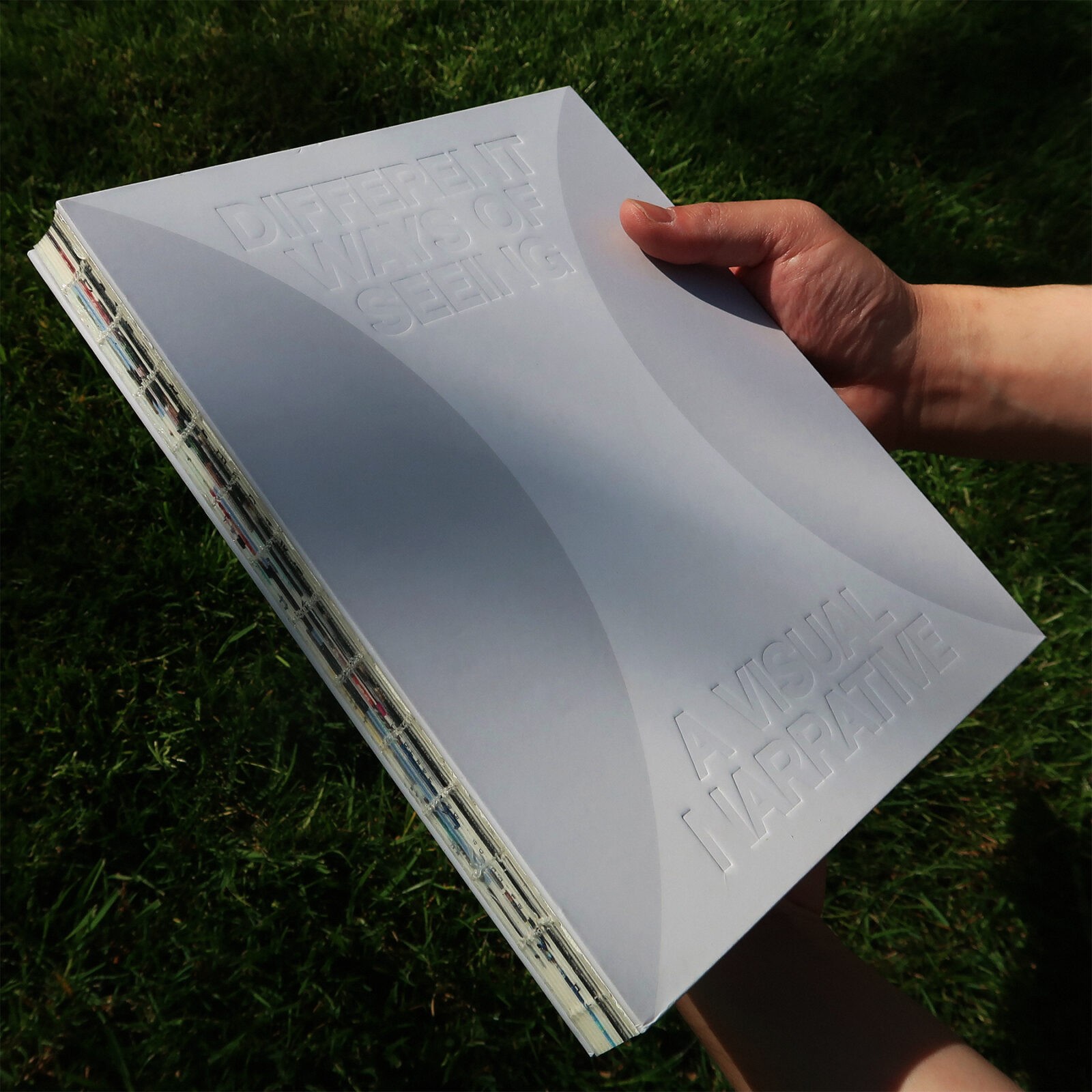
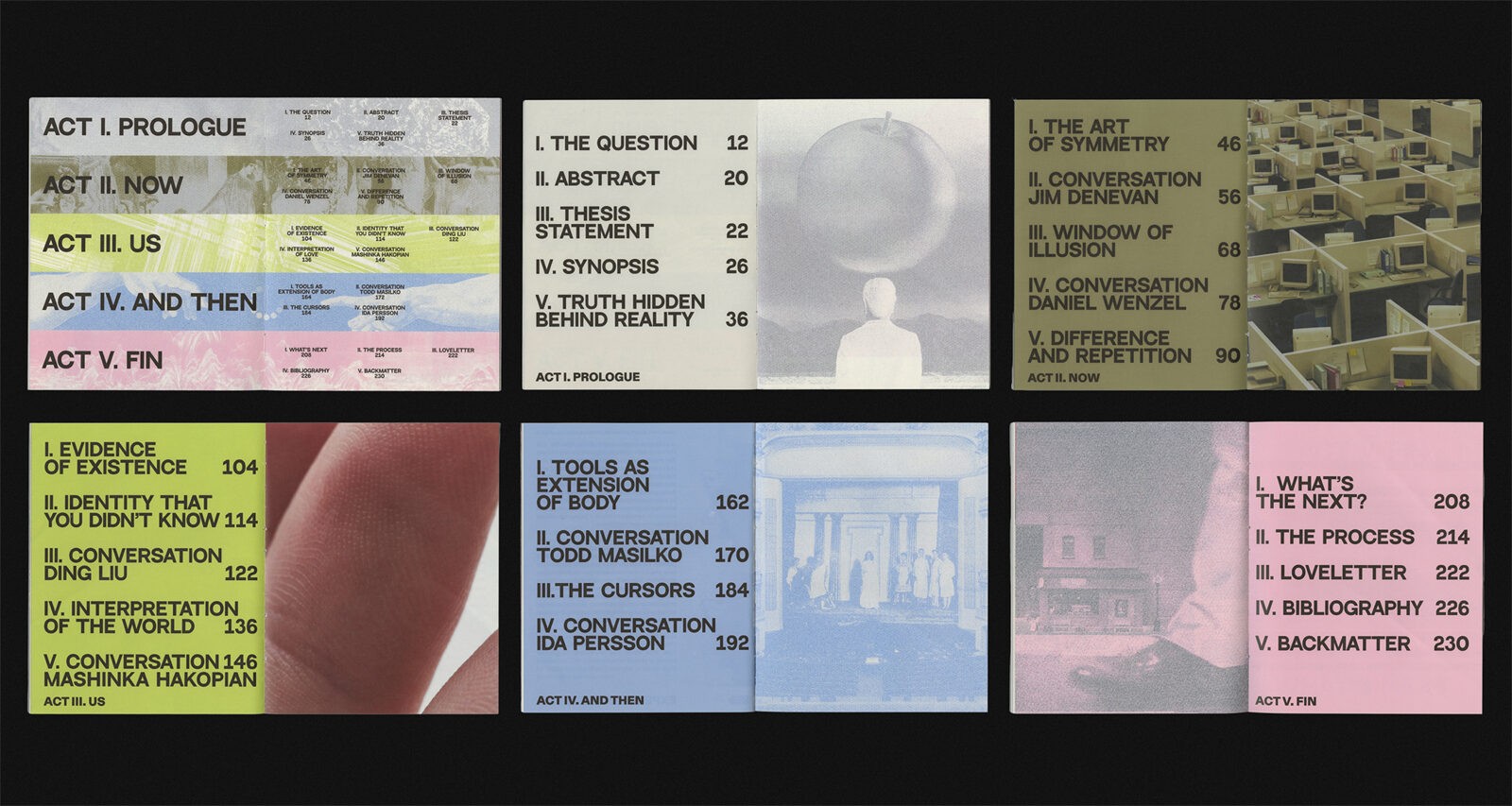
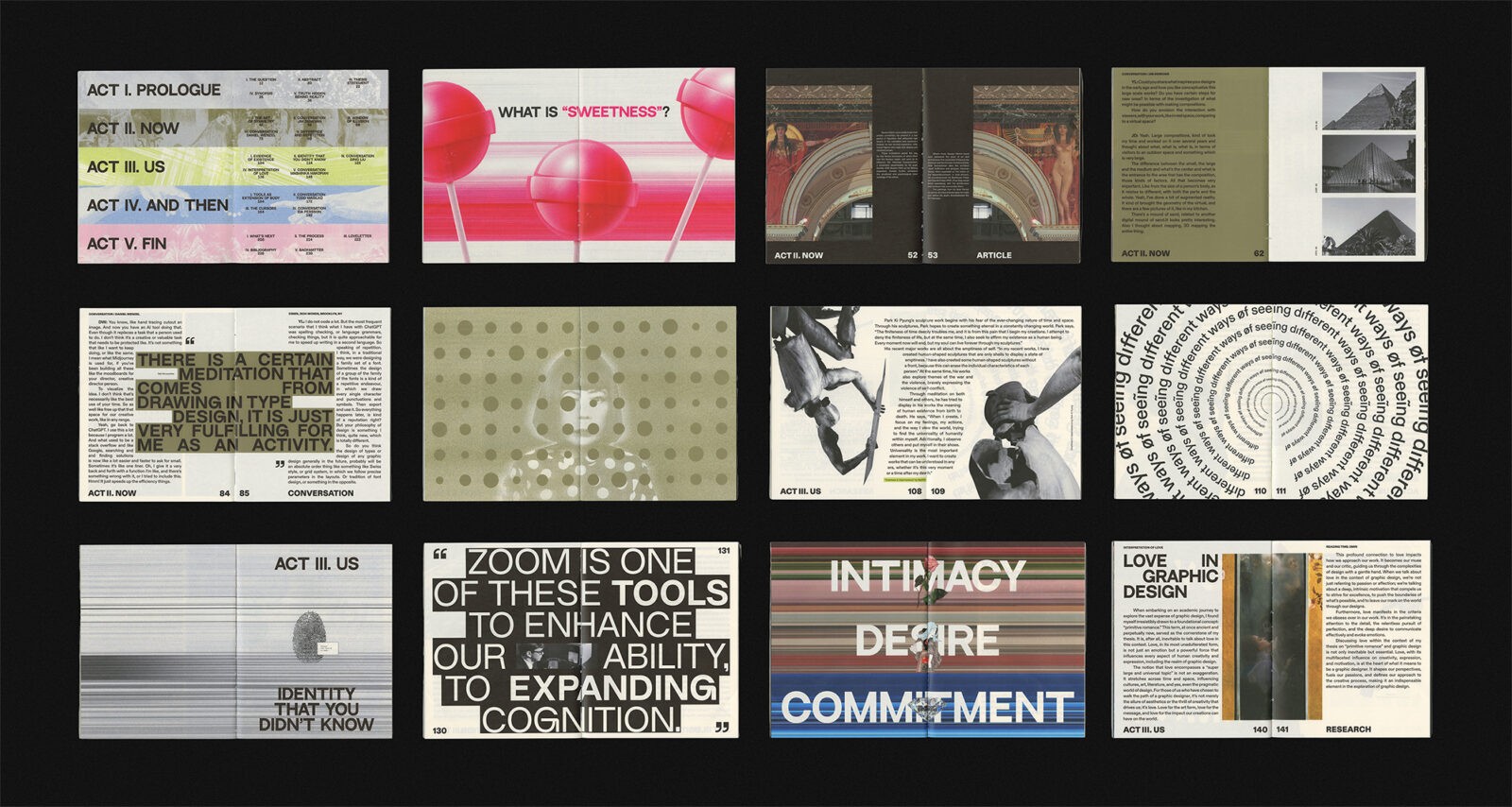
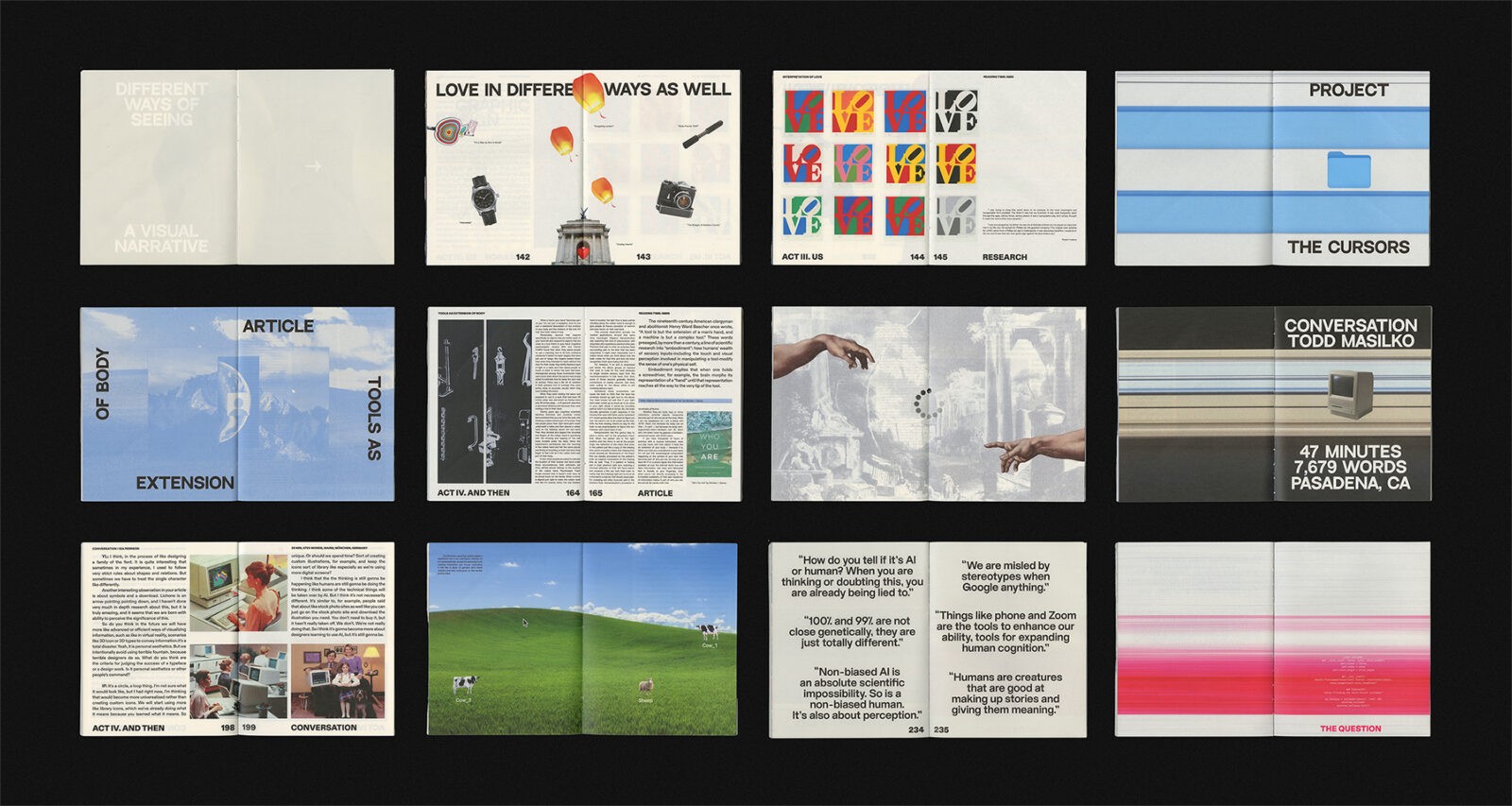

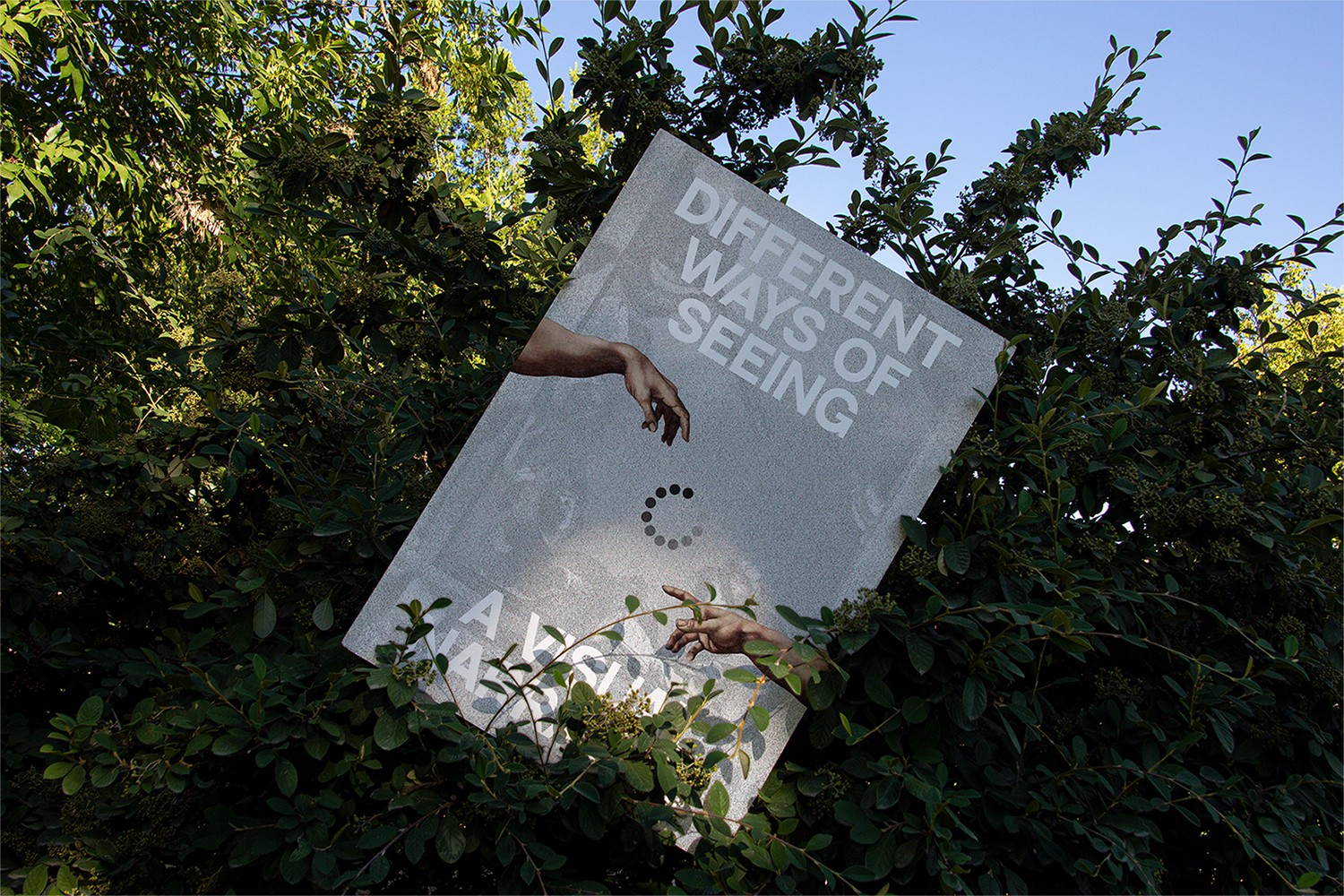
CREDIT
- Agency/Creative: Yaheng Li
- Article Title: Yaheng Li’s ‘Different Ways of Seeing’ Book Design Illuminates the Emotional Power of Graphic Design
- Organisation/Entity: Student
- Project Status: Non Published
- Agency/Creative Country: United States of America
- Agency/Creative City: Pasadena
- Project Deliverables: Graphic Design
- Industry: Education
- Keywords: WBDS Student Design Awards 2024/25
- Keywords: WBDS Student Design Awards 2024/25
-
Credits:
Educational Institution: ArtCenter College of Design - MFA Graphic Design
Educator’s Name: Monica Schlaug











